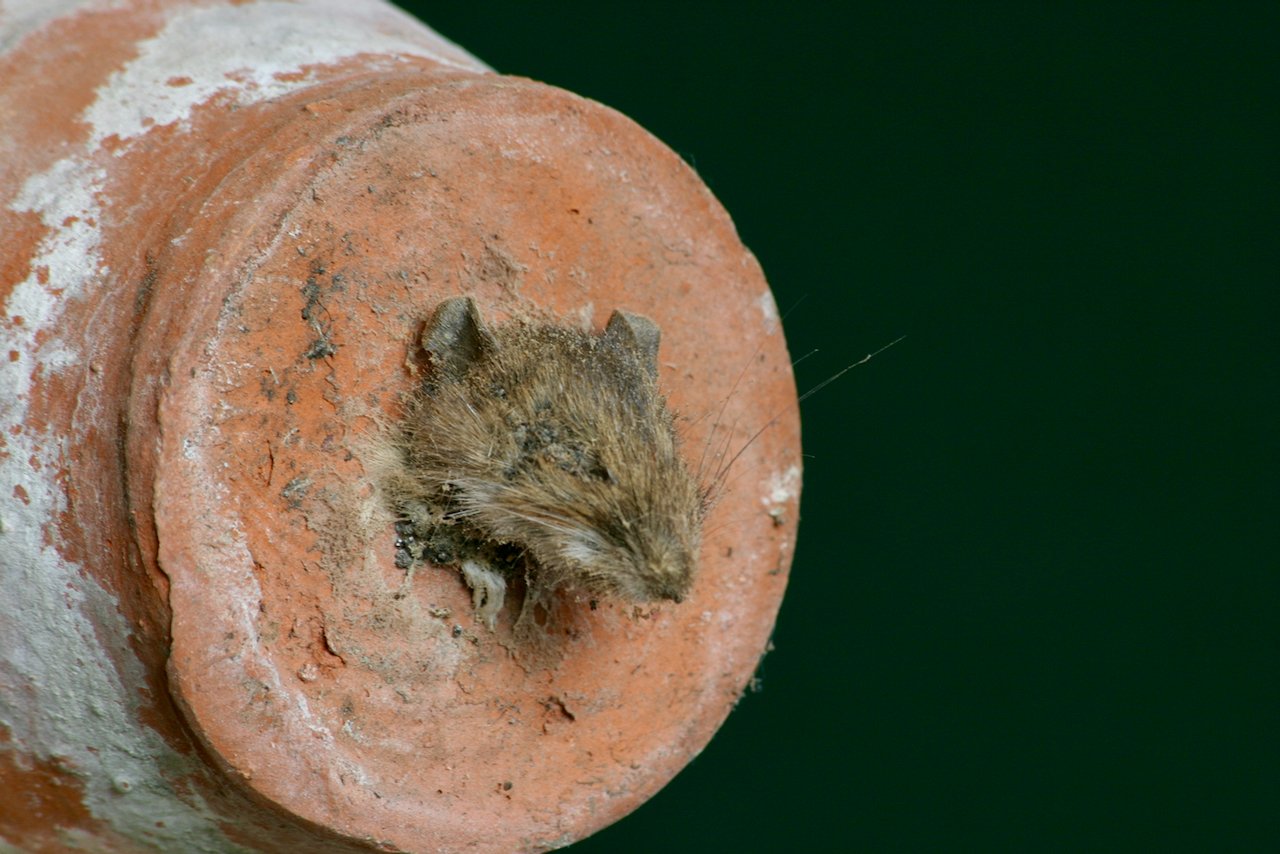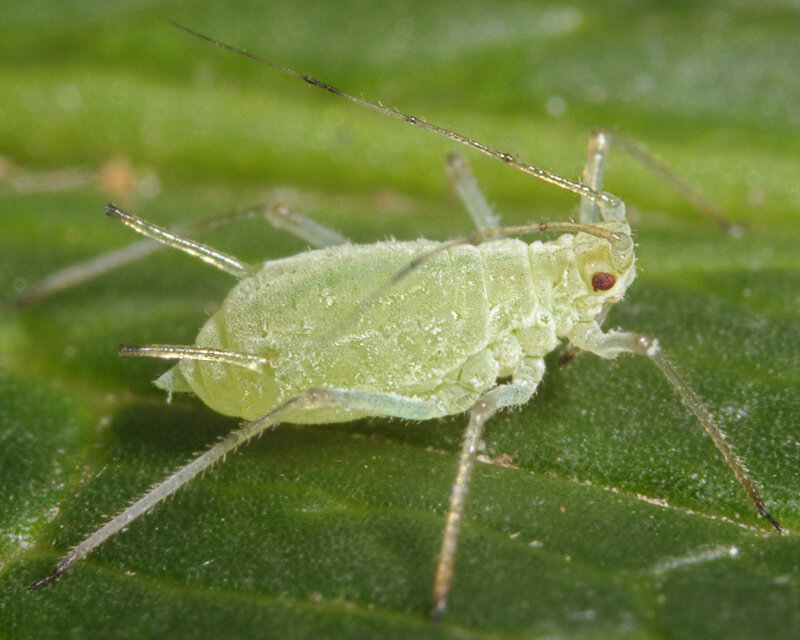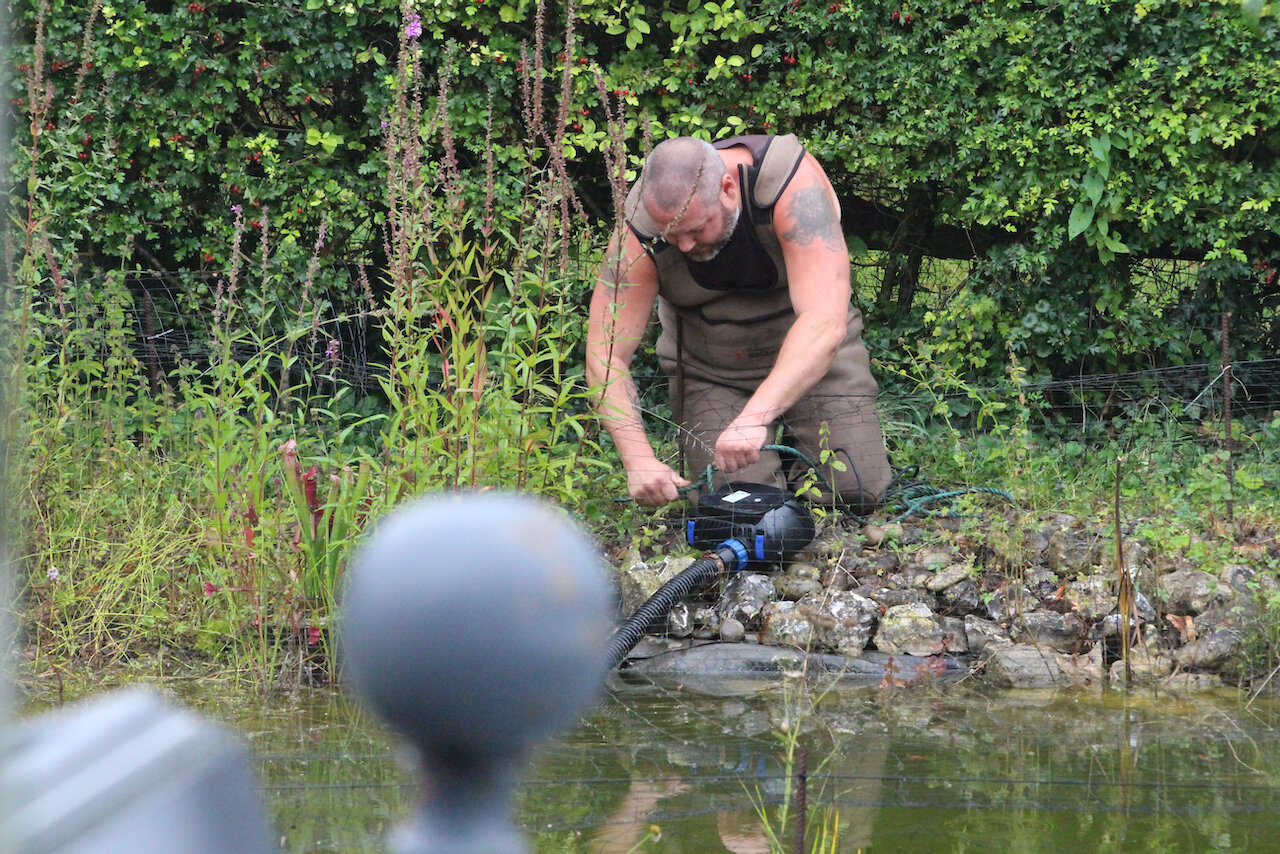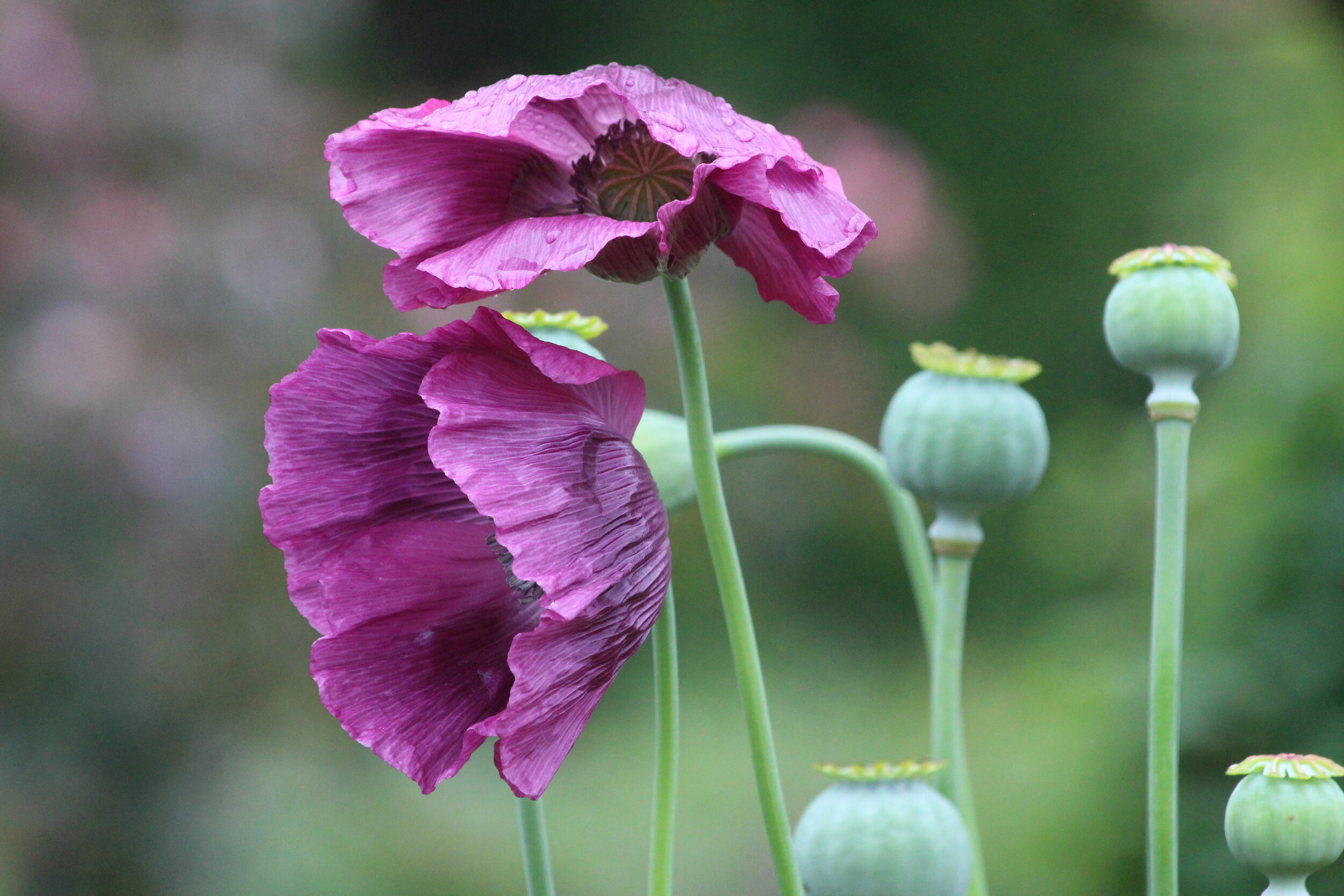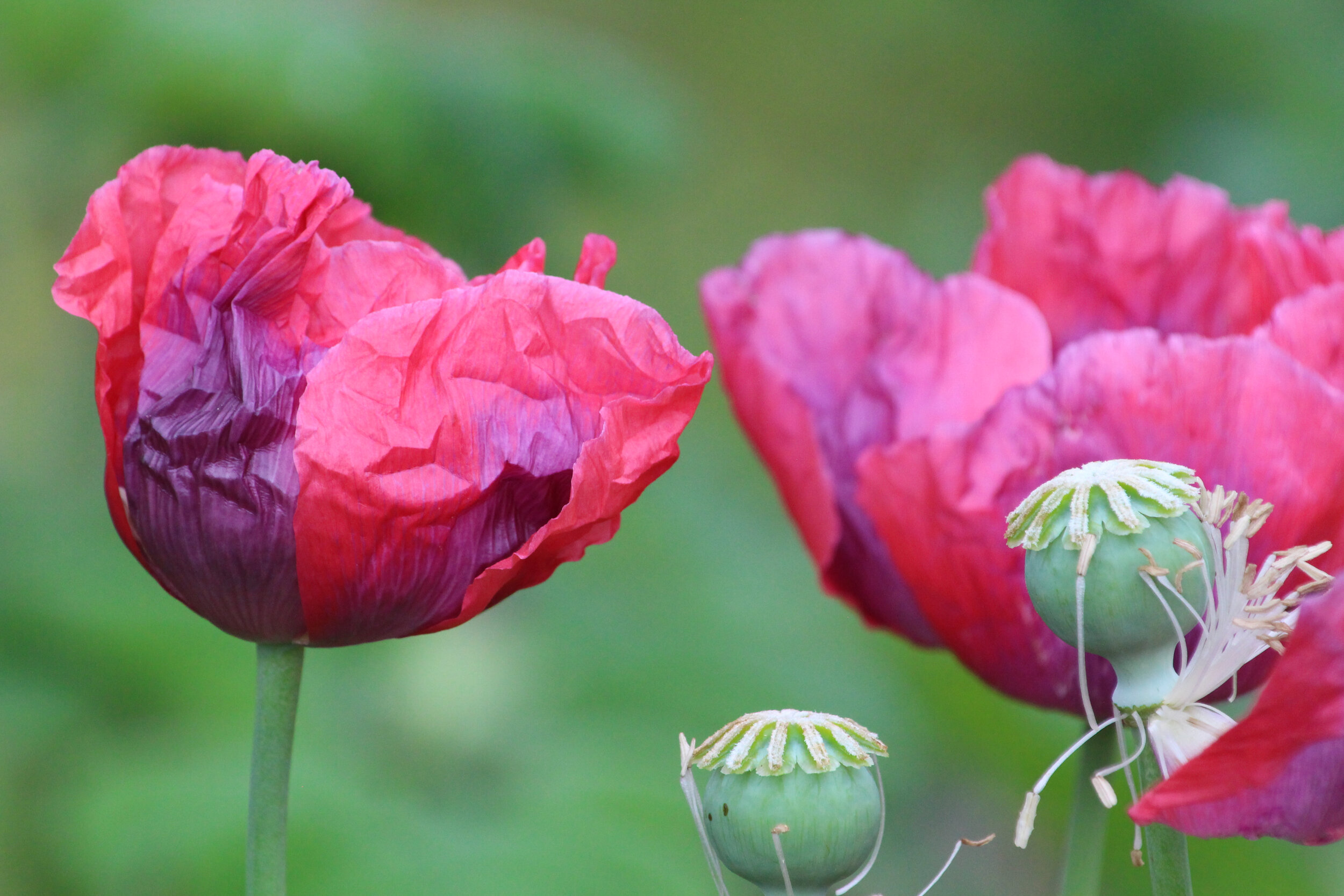A week or so after my last blog, the Sue Gray one, when matters on that front had gone quiet, I thought my Loyal Readers needed something to take their minds off the boredom of February so I settled down at my keyboard…and immediately got Blank Page-itis. Nothing came to mind that was any interest to me, let alone you lot. I’d done dog walking tales to death and the weather was too cold and wet for taking pretty pictures.
In desperation I turned to trees: the beauty of their shapes, I wrote, impossible to appreciate in summer, embellish the landscape during the dreary months either side of Christmas. I waffled on in this vein, bemoaning the monotony of Friston Forest’s beeches and suggesting that some of the trees had in desperation shaped their own personalities. For what it’s worth here’s how I tried to make the point.
And after that the little grey cells ceased to function. It was definitely time for a snifter, supper and kip. And hope something would turn up soon.
Be careful what you wish for. Because overnight mice decided to decamp from the chilly garden into the warmth of the house and, finding no food, thought the cables that fed our lighting and burglar alarm might be tasty. Result: no lights and an unstoppable alarm. As if that wasn’t bad enough the Law of 10 Year Obsolescence kicked in and things began to go wrong in the house. The underfloor heating malfunctioned, the Aga threw a tantrum, the boiler had a strop and then along came Storm Dudley to cut off all our remaining power. And no sooner than it was restored than Storm Eustace arrived, determined to outdo Dudley. Which it did, very successfully, knocking Westdean’s power lines for six and plunging us into outer darkness and cold once more, this time for five days. And because the garage doors required electricity to open, we couldn’t even go out to shop, let alone eat.
But that wasn’t the end of the mice saga: we got the PestArrest man in to lay poison in the roof which successfully exterminated the pesky creatures but their bodies became breeding grounds for giant bluebottles who then found their way into the bedroom below, in swarms that would have inspired Hitchcock.
Enough of all that. Here are a few images of those happy days and some of the heroes who helped us survive them.
Stuff to write about came thick and fast after that. A drama on the A259, our local road: police, ambulances, fire engines, even a helicopter air ambulance, all called because a boy racer had taken a steep bend at high speed and catapulted through trees, ending upside down and unhurt inches from the river.
And Sophie, Bay, Bash and Gemma all came to visit. And we found a lovely lady gardener to help us. And a chap to mow the grass. And the weather perked up. And then got cold again. And life got generally back to normal.
Until Putin decided to play silly buggers. And then things really did begin to happen.






















































